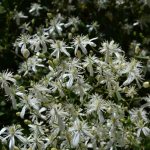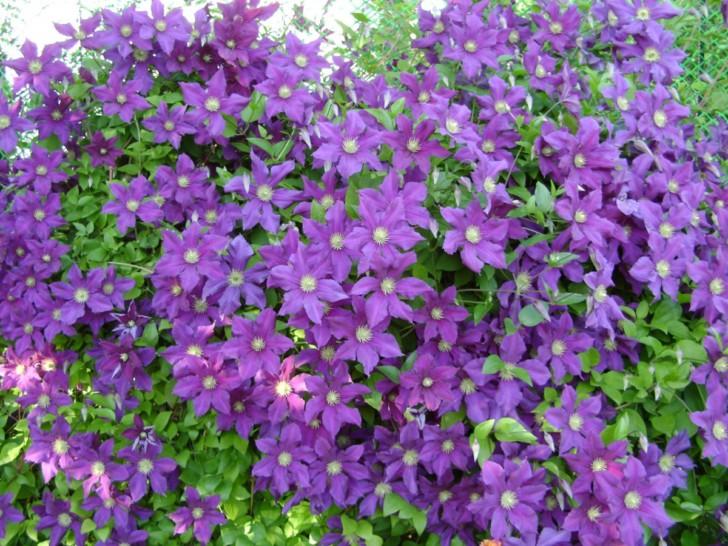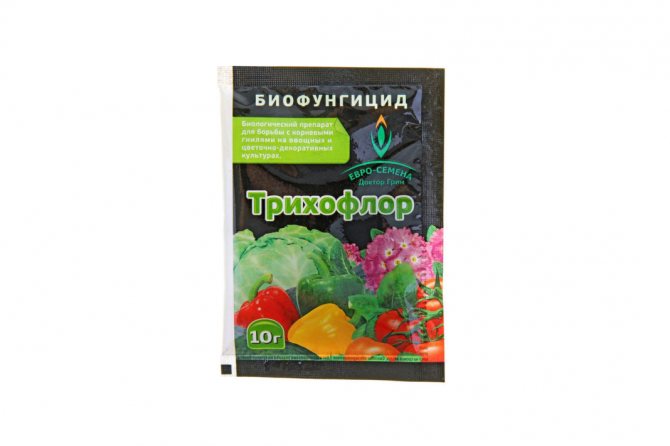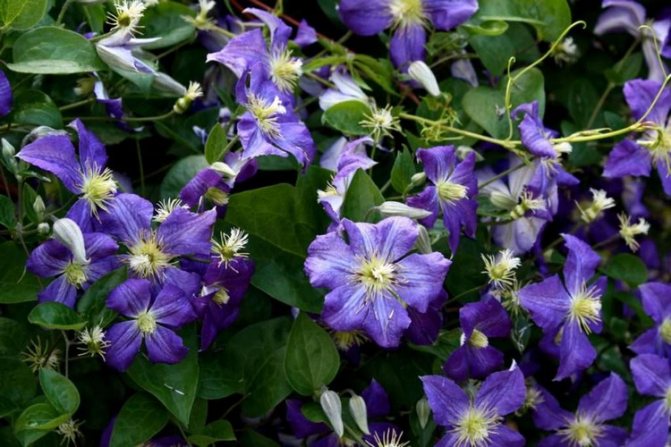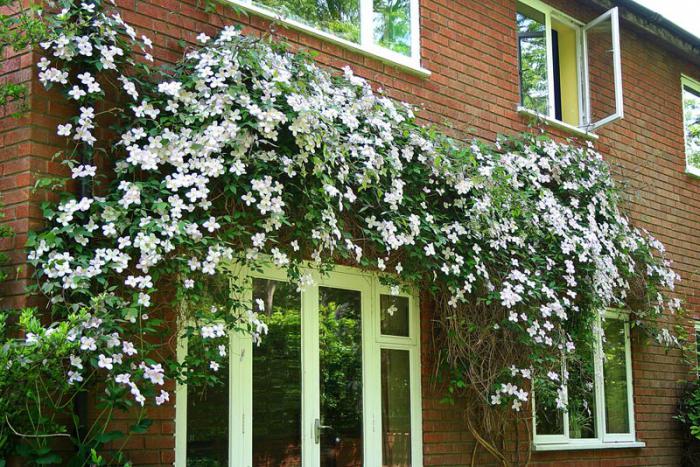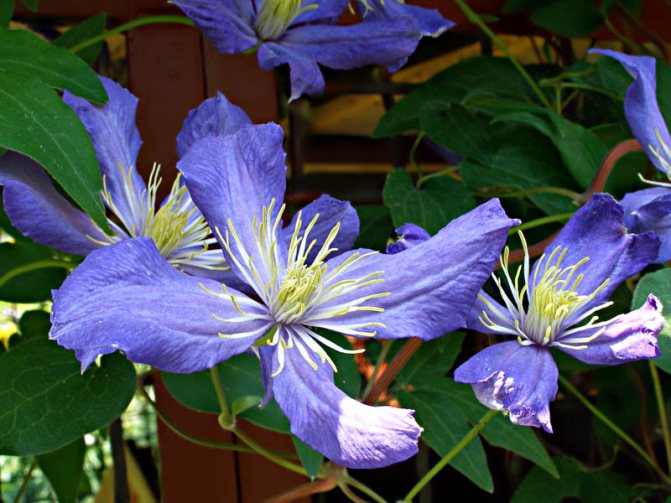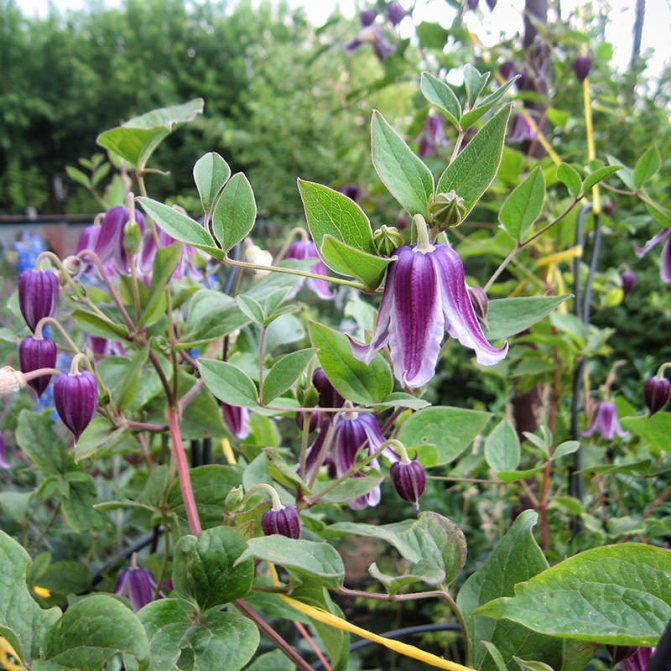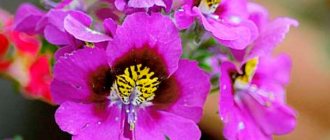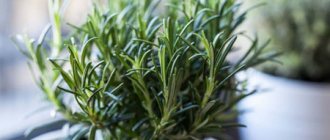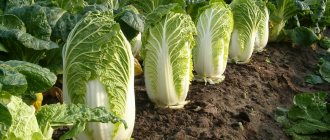Clematis is also called "wild grapes" because the plant has liana-like branches, and the shape of the leaves resembles grapes. But, unlike its berry "brother", clematis is a purely decorative plant, and does not bear edible fruits. But this vine can bloom in many wonderful flowers - lilac, pink, purple and other shades.
A porch or a gazebo entwined with clematis looks unusually picturesque, attracting the attention of passers-by and guests of the house. It is also important that this plant is unpretentious: this makes it possible to grow it even to an inexperienced gardener. In the article, we will pay attention to the issue of clematis cultivation: we will learn how to plant a plant in open ground, and what care measures must be taken for its successful growth and flowering.
Varieties and varieties
The clematis family includes more than 380 plant species that belong to one of three groups:
- Herbaceous perennial vines with completely dying shoots at the end of the growing season. Used to decorate trellises and arches.
- Semi-shrubs, in which only the upper part of the shoots dies off by winter; the lower one, which forms a bush, lives for many years.
- Shrubs with a large lignified stem, which do not require winter pruning when grown.
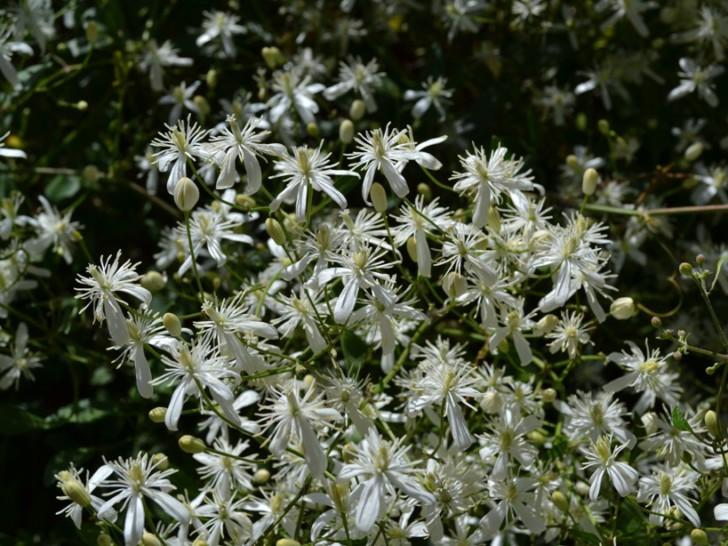
The progenitors of cultivated varieties are the wild species shown in the photo. Among them there are climbing and bush plants, with small and large flowers. Wild plants do not shine with a variety of colors; white, yellow and blue shades prevail in their family. Selection varieties grown in summer cottages have a richer palette and delight gardeners with all shades of blue, red, purple, pink colors.
Further care in the fall
Despite the fact that many clematis are not capricious and frost-resistant, they need special care in the fall.
HTo prepare the plant for winter, you need to do a number of activities:
- Young seedlings need careful shelter for the winter. You can cover the plant with dry leaves, branches and cover it with roofing material, rub it with peat on top.
- No later than October, under each bush, top dressing is made from humus and ash.
- Watering in the fall is stopped so that excess moisture does not destroy the roots during freezing.
- Yearling plants are cleaned of dry foliage residues and cut offleaving the trunk 30 centimeters long.
- Cut clematis are covered with earth or peat, creating a small mound, covered with branches and cellophane. A plant with long shoots must be rolled up, wrapped in non-woven material, laid on the ground, covered with roofing material or slate to protect the roots from excess moisture.
Video: shelter of clematis for the winter
Did you know? To scare off garden pests, marigolds, mint, and garlic are planted near the clematis bushes.
When and how are clematis planted?
Several methods are used to plant clematis. Plants with a closed root system are planted in spring, summer and autumn. The best time to disembark in autumn is early October. The main thing is to reliably cover them for the winter. For varieties with an open root system, planting time occurs in April-May. Here it is important to have time to plant the plant before the buds swell on it.If planted too late, the plant's life cycles will shift, it will not have time to gain strength by winter and, most likely, will die during the winter.
Experienced gardeners, having decided where to plant a plant in the country, immediately install a decorative trellis. The landing process itself looks like this:
- A large hole is dug with dimensions of 60x60x60 cm.
- Drainage (expanded clay, crushed stone, broken brick) with a height of at least 15 centimeters is laid at the bottom of the pit.
- To fill the pit, a special mixture of manure, sand and peat is prepared. As a useful additive, about a liter of wood ash and 100 grams of complex fertilizer are poured into the pit.
- Having filled half the volume of the hole with the prepared mixture, the root system of the seedling is carefully laid out on it and sprinkled with the remaining soil, closing the root collar.
- Seedlings with a large root system are lowered to a depth of 12-20 cm, small plants - by 6-12 cm.


Autumn terms for planting
Experienced gardeners consider autumn to be the most suitable period for planting clematis. In order for the plant to take root and not die in winter, you need to plant it in september - during this period, the most optimal temperature of air and soil.
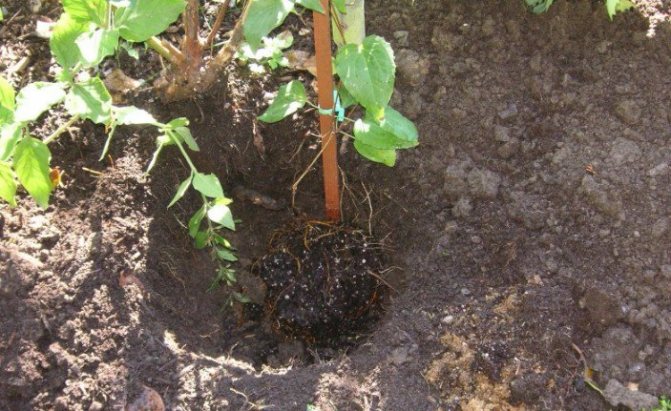

But depending on the weather conditions and the climate of each region, the landing dates may be changed. If the seedling came to you in November, then it is better to place it in the cellar until spring. Otherwise, the planted clematis will not have time to take root before the onset of frost.
Learn more about clematis: varieties, growing on the site, growing problems, propagation by cuttings and seeds, do-it-yourself support.
Plant care in the country
In care, great attention is paid to proper watering. So, 2-3-year-old plants require abundant watering: 2-3 buckets of water 1-2 times a week. The beauty and splendor of flowering depends on competent watering. Novice growers should remember that in the first 2 years of seedling growth, the root system is actively developing, and the shoots grow slowly.
In order for moisture to be retained between waterings, the ground under the plant must be mulched and loosened. Mulch can consist of peat, rotted sawdust or humus. At the beginning of the 3rd year of growth, abundant shoots appear, it is time for pruning. Correct pruning and pinching of shoots is carried out to regulate the timing of flowering of the plant. So, when pruning strong shoots on newly regrown branches, flowers will appear later, which will extend the flowering period.
All varieties are not indifferent to feeding, without it you cannot grow a lush bush or a dense liana. It is better to feed with mineral fertilizers.
For 2 sq. m of soil make a solution of 30 grams of fertilizer and 10 liters of water. Useful for the plant and wood ash. Mullein fertilizing helps the growth and flowering well, which must be diluted in the proportion: 1 part mullein to 10 parts of water.
Where to plant on the site
Clematis grow in one place for about 30 years, so for their lush flowering and active growth, you need to take into account the basic conditions for choosing a site for planting them:
- The soil. The plant is unpretentious to the composition of the soil, but loves loose soil enriched with fertilizer. It does not take root in a damp and swampy area. It is better to choose an elevated place - this will save clematis during the spring flood.
- Groundwater. The plant is adversely affected by the close standing of groundwater. Their optimum level should be no higher than 120 cm from the surface.
- Sunshine... Liana is photophilous, but you should not plant it in the bright and scorching sun - the flowers fade and the plant withers. Clematis should be exposed to sunlight for no more than 6 hours a day. A place on the southern side of the site is suitable for growing them. Some varieties (Pink Fantasy, Hagley Hybrid, Comtesse de Bouchaud) prefer partial shade and tolerate lack of light well.
- Windiness. Drafts and wind have a detrimental effect on the plant - they damage and break off thin shoots of clematis, flutter large and delicate flowers. The site must be protected from the wind.You cannot plant clematis close to the wall of the house - rainwater will drain from the roof and ebb tides, and it will die from an excess of moisture. The ideal option would be a secluded spot in the garden.
Reproduction of clematis
Reproduction is carried out in several ways: by cuttings, layering, dividing an adult plant and seeds. Let's take a closer look at all breeding methods:
- Cuttings are done in late May - early June. Cuttings with a length of the lower part of 4 cm and the upper part of 2 cm are suitable for reproduction. It is very important that the cuttings have two developed buds and an internode. For successful rooting of cuttings, an air temperature of at least 25 degrees Celsius is required.
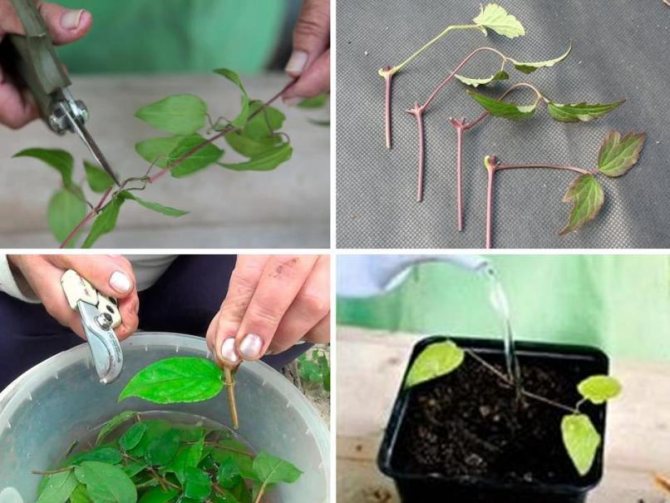

- For layering, the lowest shoot is chosen, bent to the ground and sprinkled. If the layering is done in early June, then in September new bushes will appear from the internodes. It remains only to cut off the shoot from the bush and plant the emerging shoots.
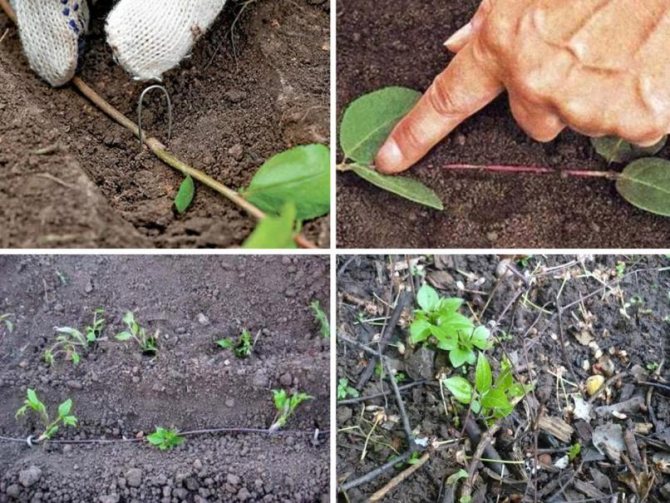

- Bushes 6-7 years old are suitable for dividing. The division process looks like this: the bush is dug up and taken apart, trying not to damage the roots. Then it remains only to plant the parts over the site.
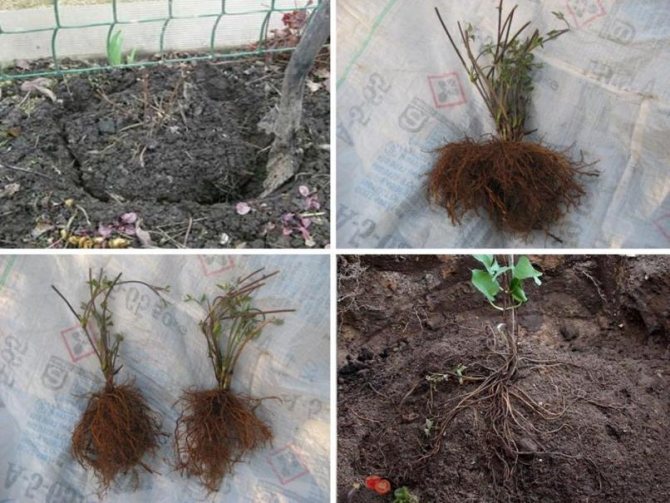

- Wild plant varieties are propagated by seeds. 2 months before the end of April, when the seeds can be sown in open ground, they are poured with water, covered with sand and placed in the refrigerator.
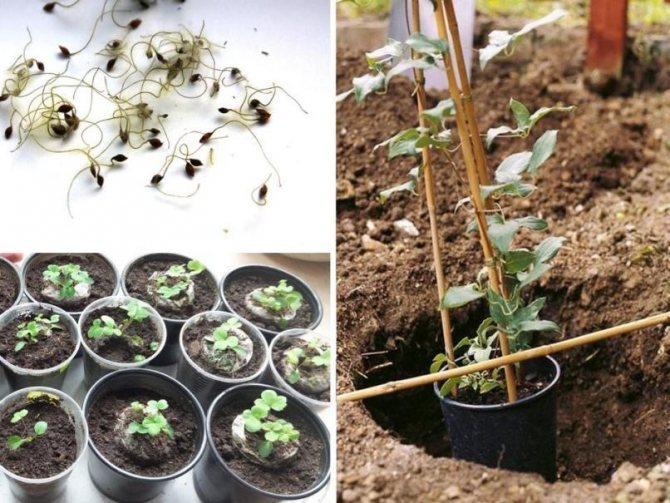

Soil preparation
The selected area for planting clematis is dug up and cleaned of weeds. A site with dense clay soil is loosened by adding garden soil and sand. If the groundwater is close, drainage from gravel, broken brick is laid on the bottom of the hole with a layer of 15 cm. For the planting pit, a nutrient mixture is prepared: they mix two parts of earth and humus, one part of peat, one part of sand. It will be useful to add two glasses of wood ash, a glass of lime and 150 g of mineral fertilizer to the soil.
Important! It is not recommended to use fresh humus to fertilize the soil!
Diseases and pests
The main diseases that affect the plant are of viral and fungal etiology. In their list are powdery mildew and rust, amenable to treatment, and yellow mosaic, from which the plant dies. A beautiful flower and pests "love". The root system is attacked by bears, moles and nematodes. Leaves become food for aphids, scale insects, mealy worms and spider mites. Young shoots suffer from slugs and snails.
Dear Reader! Your comments, suggestions or feedback will serve as a reward to the author of the material.
Loading ...
Top dressing
In the first year of planting, top dressing can be excluded, provided that the soil is sufficiently fertile. From the second year of growth, the plant must be fed at least 4-5 times per season. Clematis, like roses, love feeding with mullein solution.
In the spring (May), during the growth period, it is required to feed with urea and mullein: per bucket of water (10 liters) - 1 liter of mullein infusion and 1 tbsp. l. urea.
Clematis of the third pruning group can be fed with mullein infusion at the end of May: 1 liter of fertilizer per bucket of water (10 l).
Before flowering (June) - for 10 liters of water - 10 g of Agricola fertilizer for flowering plants and 1 tbsp. potassium sulfate.
Before flowering - foliar podkomka on the leaves with the preparation Bud.
After mass flowering, they are fed with a full complex mineral fertilizer (Kemira, Agricola, Fertika-summer), a solution of organic fertilizers.
In August - phosphorus-potassium fertilizers (Fertika-autumn, autumn fertilization - 1 tbsp. L. Under a bush), excluding nitrogen.
WHEN GROWING KLEMATIS, THE MAIN THING IS CUTTING
The correct formation of clematis determines their health, longevity, appearance and flowering intensity. By the method of flowering, clematis are divided into 3 groups. Each has its own pruning.
First group.
In the varieties of this group, most flowers are formed on the shoots of the current year.Their flowering begins in late June - early July and lasts until the end of September. In these clematis, annual shoots die off by the end of October, and the next year they grow back.
But if 2 - 3 nodes are left on old shoots, then next year they will bloom in June - before the bulk of flowers bloom on young shoots. Therefore, the old shoots are not completely cut out (leave 20 - 25 cm).
The varieties of the first group are the most frost-resistant.
Second group.
The varieties of the second group bloom twice a summer.
The bulk of flowers are formed on last year's shoots in June and lasts until the end of July.
At the end of July, flowers bloom on one-year-old shoots.
On them - the flowering is weak, so these vines are not cut off at all.
In the fall, only the faded part is cut off.
If the bush is thickened, it is thinned out.
Third group.
These are varieties in which flowering occurs on all shoots (current and last year).
On last year's - early flowering (May - June), on current ones it begins in July and ends in October.
In these varieties, last year's shoots are greatly shortened (they leave 30 - 40 cm), and annual ones - by 1/3 of their length.


Clematis in the fall: planting, transplanting, leaving, pruning and preparing for winter
Clematis, also known as princes and clematis, gained popularity due to their luxurious flowering and the ability to braid country buildings. Liana demands attention. But caring for clematis in the fall will pay off in full next year!
The summer cottage will be transformed as soon as clematis appears on it. These perennial climbing plants attract attention with their multicolored large or small flowers. Vine leaves of green or purple shades, and thin flexible stems are also beautiful. Clematis grows quickly and is quite unpretentious in care. Therefore, now is the time to please yourself with such an unusual green pet and plant it on the site. And if you already have clematis growing, find out how to properly care for it in the fall.
When is it necessary to transplant clematis
- If the bush begins to fade, despite the fact that all the rules for caring for the plant are followed. This is mainly due to two reasons. First, clematis grows unnecessarily, and moving this flowering liana to another segment of the territory is the only way to preserve it. The second is defeat by any pest. Most often these are fungal diseases of the root system due to excessive soil moisture. And in fact, and in another case, in the process of transplanting clematis in the fall, a number of additional activities are carried out.
- When changing the layout of the site, and, consequently, its landscape design.
- It so happens that initially (in the spring) the place for planting this flower was chosen incorrectly. For example, all the features of the development of clematis, the nuances of the decorative design of the garden, are not taken into account. The reasons can be very different.
- For the rejuvenation of old flowers. Transplanting clematis to a new place contributes to this. The only difficulty that the gardener faces is the difficulty of separating the planting material from the main bush, since its root system is strongly intertwined.
Special care must be taken with first-year plants and hybrid varieties. It is recommended not to touch them at all, and if transplanted in the fall, then only if absolutely necessary.
Read about how to plant clematis here.
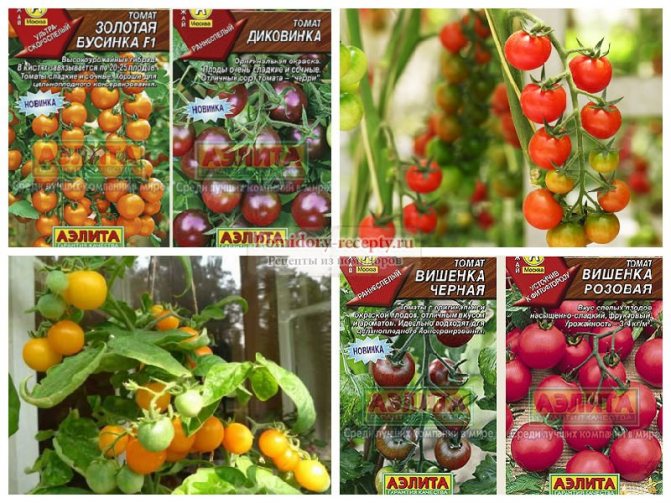

Seat selection
A new place for transplanting clematis in the fall is chosen taking into account the peculiarities of growing a crop:
- blooming vine grows well in open areas with sufficient sunlight. At the same time, the plant does not like to be under the scorching rays for a long time during the period when it was at its zenith. It is necessary to highlight the site, which is open to the morning rays of the sun, and in the midday heat it is shaded by the crown of trees and bushes growing in the neighborhood;
- it should be borne in mind that the climbing plant loves space, grows well. An adult bush takes up a lot of space during the growing season, the flower is able to oppress neighboring plantations with a relatively fragile habit;
- the roots of the liana do not react well to excessive soil moisture, therefore, a site with a close occurrence of groundwater is not suitable. Since even a short-term stagnation of moisture has a detrimental effect on the state of the root system, landing on lowlands is excluded. A site in the form of a small hill is considered ideal for growing clematis. To create optimal conditions for flower development, it is important to build a high-quality drainage layer, regardless of the characteristics of the soil;
- it is not recommended to plant a flowering liana near buildings, from the roof of which jets of water can flow down during precipitation or during the period of snow melting;
- the area near walls and fences made of metal profiles is not suitable, since in the heat the metal surface heats up very much and there is a risk of plant burns;
- a site subject to drafts and prevailing wind directions is excluded. Clematis has relatively fragile stems that cannot withstand gusts of wind. Even a moderate breeze can break off the vines.
It is desirable that the flower is adjacent to ground cover and low-growing plants, which help to protect the near-stem circle in the hot season.
Transfer
Clematis is transplanted, carefully removing the roots from the soil along with a lump of earth. This can be done in early November. For comfortable wintering, it is necessary to cut off 10 cm of the stem from the ground level.
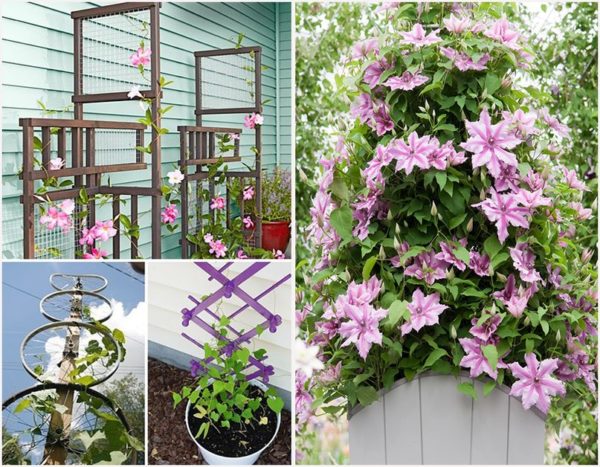

It is also important to carefully pull them out, helping yourself with a shovel and pitchfork, as if prying the bushes. The new landing site must be prepared in advance by treating it with a non-concentrated solution of potassium permanganate.
Preparing seeds for sowing
First of all, the seeds of clematis need to be stratified. To do this, prepare a soil mixture of earth, peat and sand in equal proportions, and sow seeds into it to keep them at a temperature of 5 degrees Celsius. Such conditions can be provided either in winter under a layer of snow, or in the refrigerator.


Seedlings of clematis in soil mixture
Remember: clematis seeds, especially the larger ones, can suffer from attacks by small rodents. Be sure to protect crops by covering them with a fine mesh or transparent glass.
Usually, with such a planting, seedlings appear in 10-20 days.
Stratification can also be performed for medium-sized seeds. At the same time, the period of their keeping in the prepared soil is reduced to 1 month. Many gardeners prefer an easier and faster way: they soak the planting material for several days. If you choose this option, then keep in mind that you need to change the water very often, about every 3 hours.
After soaking, the seeds must be sparged for a week. Get a simple aquarium compressor to oxygenate the water in which you will hold your seeds. Such preparation will ensure the germination of seeds in 10 days, and the appearance of sprouts in 3-4 days.
Small seeds can be simply soaked without stratification or bubbling.
Content
- Listen to the article
- Planting Soil
- When to plant
- How to plant correctly
- How to care
- Transplant timing
- When to trim
- How to propagate
Choosing a place for planting clematis
It depends on the correct planting how clematis will grow and bloom. Therefore, you should strictly adhere to some rules. You need to follow three points:
- choosing a suitable place for the plant;
- correct planting process;
- care for the transplanted clematis.
You can plant clematis saplings or grow them from seed, but choosing a location is very important.
- Give preference to well-lit sunny areas: clematis is unlikely to bloom in the shade. But at the same time, remember that the root system must be shaded to avoid overheating and drying out.
- The wind is one of the main enemies of clematis. Do not plant the plant in an area that is too open, especially if the weather is too windy, otherwise clematis sprouts, and especially its flowers, will be damaged.
- Avoid places where water flows from the roof to the ground. If you still plan to plant clematis next to the building, make sure that the distance between the wall and the support is at least 50 cm.Thus, you will prevent rotting of the root system due to its frequent presence in the water.
- Try not to plant clematis in low-lying areas: they accumulate too much moisture, which can harm the roots of plants.
- If your site is located in an area where the groundwater level is very high, ensure the outflow of liquid from the plant. For example, dig a few grooves that allow water to flow freely. For greater reliability, they can be equipped with metal pipes or a netting rolled into a roll.
Remember: clematis lives for about 25 years, so you choose a place for planting it seriously and for a long time. Provide your plant with the necessary conditions once so that you can admire the result for all the next years.


It is very important to choose the right place for planting clematis.
TO GROW KLEMATIS - CHOOSE THE BEST VARIETIES
We have been cultivating and testing varieties of handsome clematis for more than 15 years. From the many tested varieties, we have selected the best and created our own collection from them. These are the most unpretentious, reliable and very beautiful varieties. We invite you to get to know them.
Varieties of the first group. Hagley, Ashwa, Duchess of Albany, Carnaby, Black Woman.
Varieties of the second group. Uterus Sedliska, Copernicus, Viva Polonia, The Snow Queen, Mai Darling, Yulka, Gabriel Narutovich, Cayenne, Rosamund, Flash of Light.
Variety of the third group. Ville de Lyon.
These hydrangeas are unusually beautiful, frost-resistant and disease-resistant. We are sure that you will choose the ones that will decorate your garden for many years!
The procedure for transplanting a bush to another place step by step
The most difficult thing is to remove clematis from the ground and transport it to a new planting pit. Compared to this task, transplanting is very simple:
- Moderately moisten the soil at the bottom of the pit by pouring about 10 liters of water into it. When it is absorbed, scoop up the soil with a hill.
- At the top of this slide, make a recess in which an earthen ball on the roots of clematis will fit.
- Treat all sections on the aboveground and underground parts of the plant by washing them with 2% copper sulfate or a solution of any other fungicide.
- Place the clematis in the planting hole. Check the position of the root collar. If a plant is transplanted under the age of 3 years, it needs to be deepened by 10–12 cm, an adult clematis by 15–18 cm.
- Fill the hole with earth. Water the plant. After about half an hour, the water will be absorbed, and it will be possible to fill up a near-stem circle with a diameter of about 50 cm with mulch.
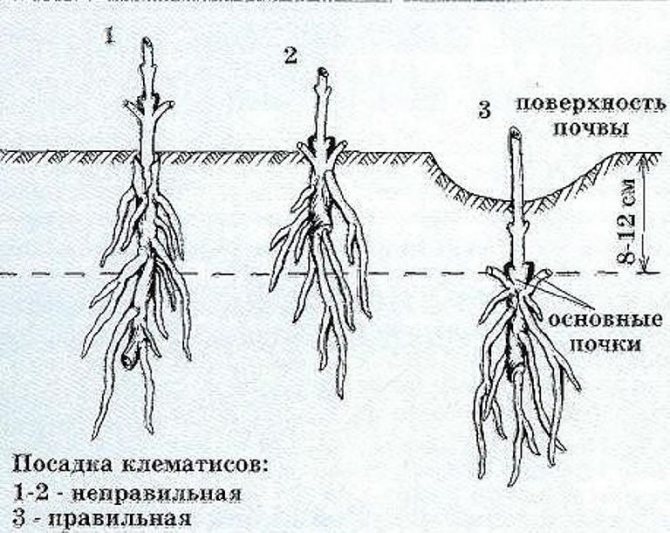

The deepening of not only the root collar into the soil, but 2-3 growth buds provides active branching of clematis for the next year
Video: how to properly transplant clematis
Outdoor planting
It is necessary to prepare a hole for a plant 3 times larger than the volume of its roots. The latter resemble a loofah in appearance. It is helpful to add compost or well-worked manure and garden soil and mix thoroughly. In the case of clay soils, it is worth deepening the hole and applying drainage from pebbles or expanded clay. Drainage can be separated from the ground with a piece of agrotextile.
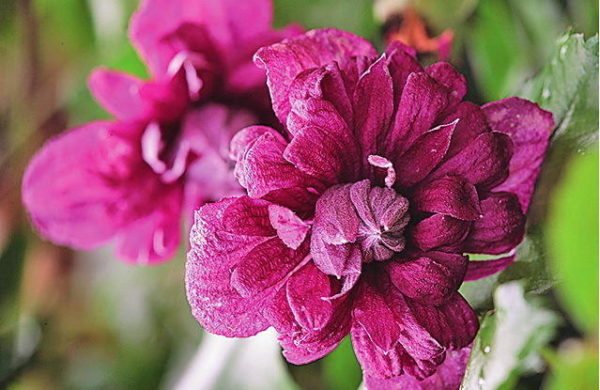

Before planting, the pot of clematis must be immersed in water for about 5-10 minutes so that the roots will thoroughly absorb the water.Then remove the root ball from the pot and place it in the hole.
Botanical varieties are buried at the same depth at which they grew, or slightly deeper. On the contrary, varieties with large flowers, after removing the lower leaves, are planted 6-10 cm deeper than they previously grew. This allows the plants to root better.
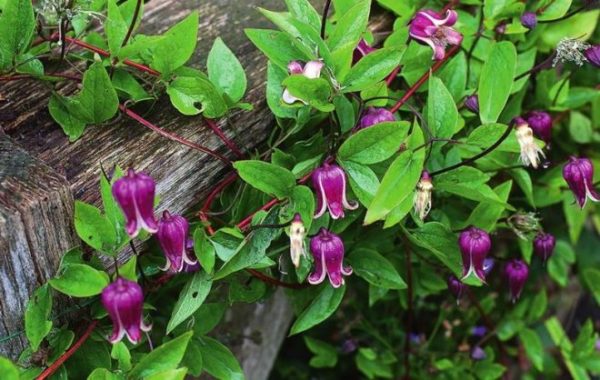

The soil around the clematis should be dusted and lightly pressed, and then watered abundantly. The ground near them can be covered with pebbles or planted with small vegetation, which will protect the roots from drying out. Plants should be watered regularly for the first few weeks after planting to keep the roots moist at all times.
Advice!
It is necessary to attach the growing shoots to wooden posts or other types of suitable support. This must be done carefully so as not to damage this delicate plant.
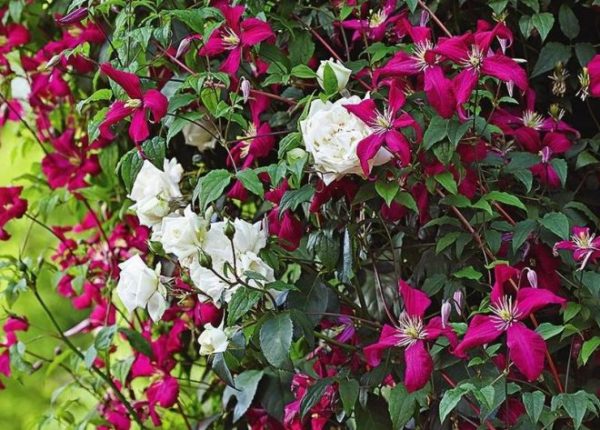

Clematis is also good at climbing trees. Planted under bushes or free-growing trees, they will cling well to them. The trees under which the prince can successfully grow are decorative apple trees, yews and thuja.
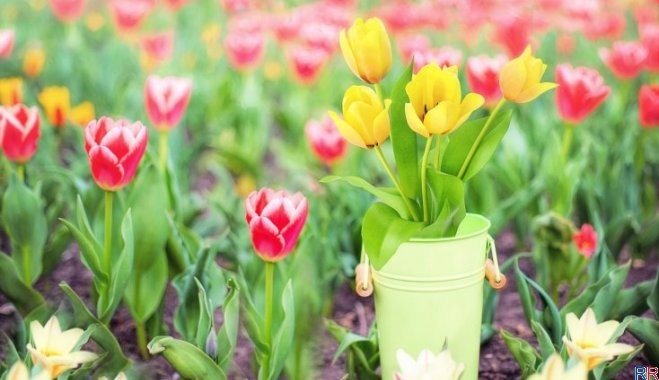

You may be interested in:
When to dig tulips after flowering and when to plant again Tulips are one of the most unpretentious flowers. They delight with their color from the first spring days. One of the main ... Read more ...

